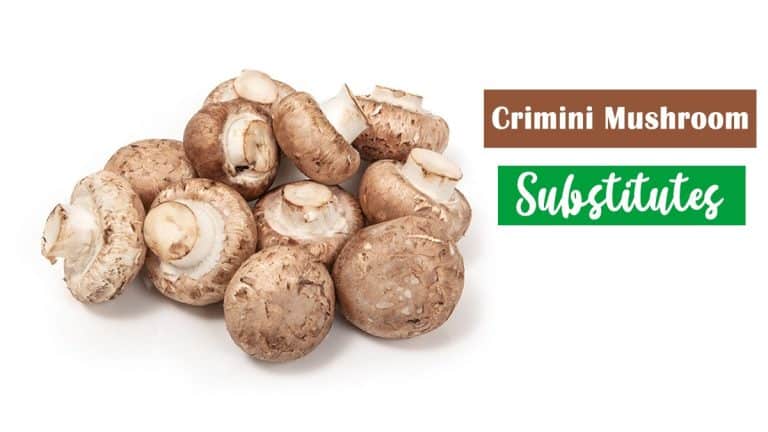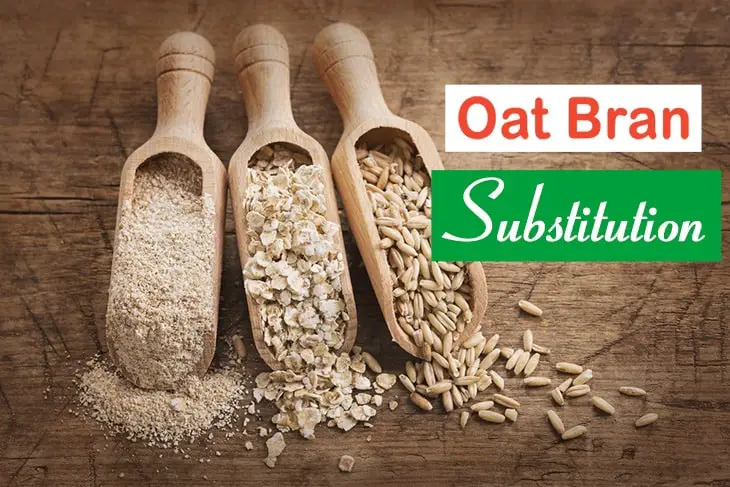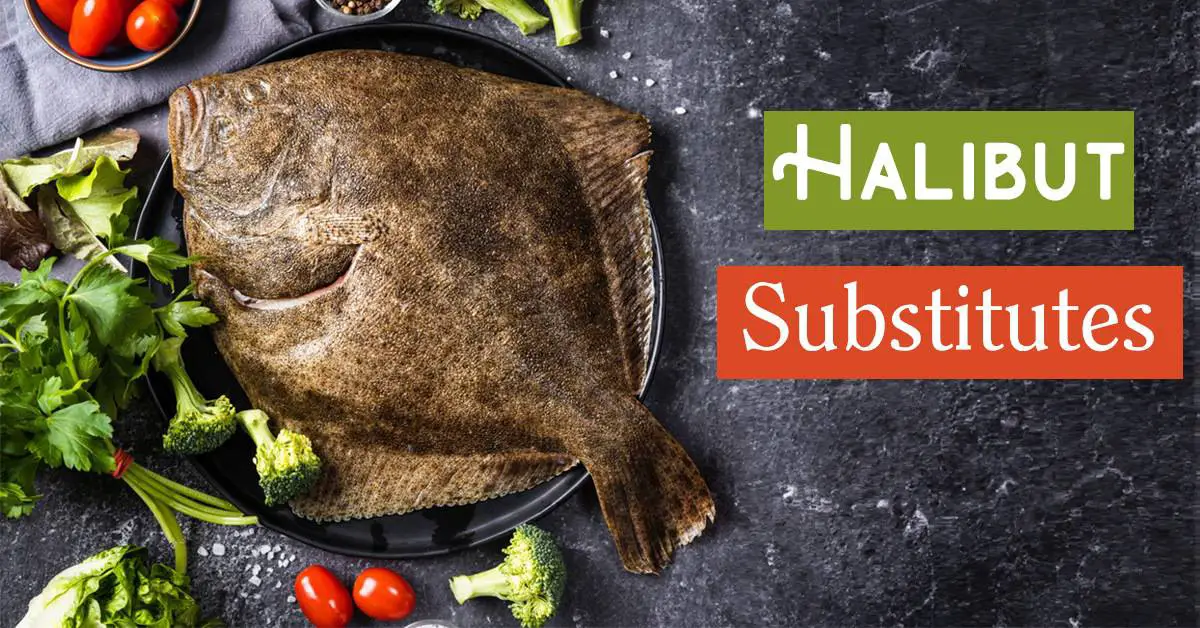
If you are a fish geek like me, you should know what halibuts are. But, if you do not, no worries. Here is a short paragraph on it for your reference. Halibut is a type of flatfish. Typically, you can find them near docks, bridge piles, and coral reefs. Interestingly, the Atlantic halibut is the largest flatfish in the world. It is delicious and provides an impressive number of health benefits.
In the halibut, selenium, niacin, phosphorus, magnesium, vitamin B12, and vitamin B6 are vital micronutrients that your body needs. In addition, this fish offers high-grade protein and helps combat inflammation, which would otherwise harm your health. With these fantastic qualities, it is not a surprise that halibut is used in many different dishes.
They are nicknamed “heavenly halibut” in all types of recipes, from pan-roasted to chard-wrapped. My family likes to have them poached and in chowder for breakfast and lunch, respectively. When I crave Thai food, I also want to make Thai shrimp and halibut curry.
However, they are not always easy to find. I have had my share of disappointment when I cannot get them from the fish market. So, to prevent you from feeling the same, I have put together a list of 8 halibut substitutes. Check them out yourself by continuing to read!
8 Substitutes For Halibut: Best Kitchen Advice
1. Flounder

Just like the halibut, the flounder is a flatfish. It is estimated that there are at least 30 sub-species of flounders across the Atlantic and the Pacific Ocean. They share the same habitat with halibuts. Flounders are mildly sweet, but they make a good base for a variety of flavors.
Given that flounders are also a type of flatfish, these are decent substitutes for halibut. Nonetheless, they have their differences, particularly in terms of versatility. You cannot quickly grill flounder because their meat is more tender. You can, however, poach, broil, fry, or bake them.
Some of my favorite recreated recipes with flounder are fried flounder with sweet corn and baked flounder with parmesan crumbs. If you want beginner-friendly dishes, check them out here.
They are not uncommon, so you should not have any issue in looking for them. While fish shopping, select the slightly pink ones because this color indicates that the fish is fresh. Also, make sure that when you weigh between flounders, choose the one that does not smell fishy. As ironic as this may sound, fish that smell “fishy” is not in their best condition. I recommend scouting at a local seafood market.
During preparations, you should have a reliable sharp knife. Start by scraping the skin at the bottom of your fish’s tail and skid your knife along the body through to the head. Be sure to avoid cutting into the flesh and removing it along with the skin. It takes a bit of practice to master, but as the saying goes, practice makes perfect!
One thing to note is that they are very delicate. Do not be surprised if they fall apart when you are cooking. Try to be as careful and gentle as you can!
2. Tilapias
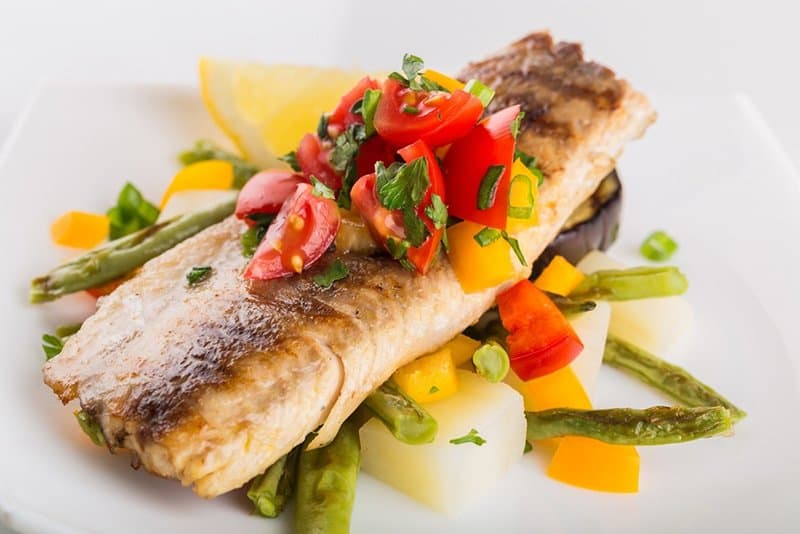
Tilapias are very similar to halibuts, flavor-wise. Wild tilapias originate from Africa, but now farmed versions of them are available throughout the world. It is one of the most commonly eaten in the U.S.
One of the main reasons many people adore this type of fish is its affordable price tag. It is considered inexpensive when weighed on a scale with other seafood.
Like halibuts, this type of fish offers a hefty amount of protein. It contains a selection of crucial minerals and vitamins, including selenium, niacin, phosphorus, and vitamin B12, which are all found in halibuts.
However, this fish has a bad reputation for the amount of fat that it contains. In addition, it has harmful fats that can increase inflammation if not eaten moderately.
Tilapias also suffer from rumors of ill-practiced fish farming. But, if you can get high-quality tilapias from a trusted source, it is an ideal substitute for halibuts. Even better if you can catch them in the wild!
3. Cod

One of the most versatile fish on earth, cod is a great substitute for halibut in many dishes
Cod is one of the first types of fish that I learned to cook because of its seemingly ubiquitous presence in cuisine. It is known for its flaky white flesh with a mild taste. Since it shares the same subtle flavor as halibuts, it pairs well with a range of seasonings like basil, lemon juice, and pesto. Cod is great for family-style meals and when guests are invited. Even though they are reasonably priced, they deliver exquisite taste.
Apart from that, cod has a similar nutritional value to halibuts. They are rich in lean protein and provide many valuable vitamins, including vitamin B12 and vitamin B6. In addition, they contain selenium, niacin, and phosphorus, just like halibuts!
Cod is also a versatile fish that can be whipped up in many ways. Even if you only have cod to eat as the main ingredient for an entire month, you will not run out of ways to make and enjoy it. If you happen to live near the ocean, you can negotiate with boaters for a fresh batch.
4. Turbot
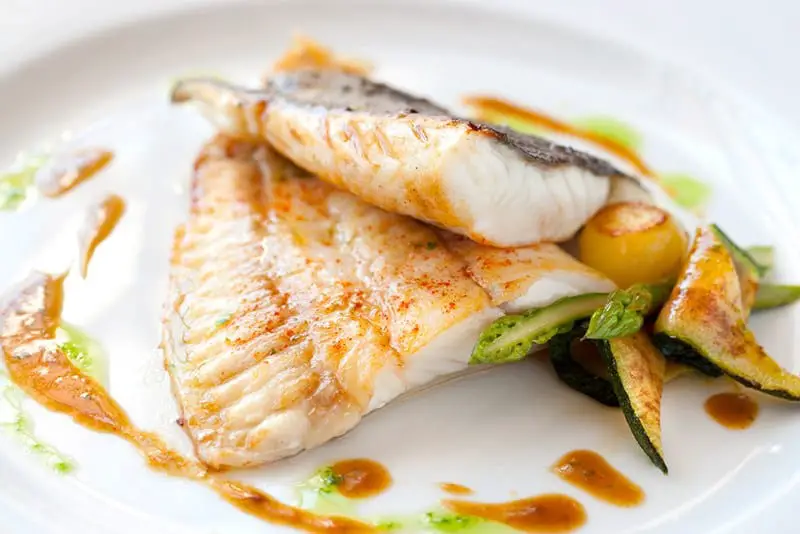
If you have not heard of turbot, you are missing out. This flatfish is dark on the top and white under. Turbot is a “buy one get four” kind of fish given its generous size. You can get at least two kilograms of fillet from a 5-kilogram turbot. This way, one large fish can cater to a dozen eaters.
It is an excellent substitute for halibuts because it also has a subtle taste that goes well with bold seasonings. As a deluxe fish, you will be able to find turbot in high-end restaurants, often with hollandaise and lobster dressing.
Assuming that you will purchase turbot from the fish market, here are a few points you should look for to choose the freshest one: no fishy smell, dull eyes, or tainted gills. Also, if you are only getting turbot fillets, avoid discolored flesh.
As with halibuts, you can prepare turbot in a lot of different ways. For example, you can bake or roast it. Regardless of what you do, the general rule is that it should be gutted and cooked without gills. This ensures that the turbot will not taste bitter.
5. Striped Bass
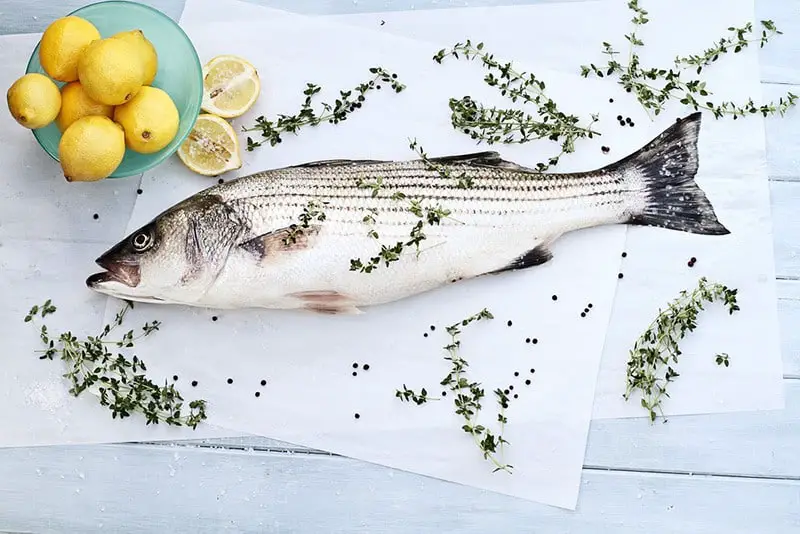
If you have not had this fish, you still probably would have seen it in photos on social media. It is one of the most common fish that people can catch on individual boating trips. In fact, in the U.S, they are the official state fish in seven states.
Striped bass is as beautiful as they are tasty. They have stout figures and horizontal stripes spanning on each side from the gills to the tail. These fish are olive in color with steel blue, black, and white or silver. It looks like they are wearing vibrant swimsuits!
Amazingly, they can grow up to five feet in length and 77 pounds in weight. Similar to the halibut, the striped bass is subtly sweet. It also has white flesh but is typically described as more buttery because its flaky meat is laced with fat. Unlike salmon and anchovy, this fish does not have a strong fishy odor.
One of my favorite recipes using striped bass is marinated grilled striped bass. I have also recently picked up striped bass fish tacos with bell peppers. It would be best if you got these fish from local seafood markets. When selecting, opt for ones with bright gills. Even better if you can get your hands on wild catches!
6. Haddock

Haddock is a family member of the cod, so it is also a neat substitute for halibuts. It has a mild taste but is slightly sweeter. If you have eaten the classic British fish and chips, you probably have eaten haddock. On its side, haddocks have a black thumbprint and black line.
They are primarily found in the North Atlantic region. You can find them fresh, frozen, or smoked. Although haddocks are typically sold in fillets, some marketplaces also offer them in whole or steaks.
Haddocks share halibuts’ soft texture and subtle taste, so it is a good base for other ingredients. For instance, I know that my aunt likes to serve them with tartare sauce. If you are like me and prefer them fresh, I will let you in on my secret of how to get the freshest one: search for those with bright eyes and gills.
One of the most important lessons about cooking haddocks as a substitute for halibuts is that you will get overcooked fish if you keep worrying about it being undercooked. My advice is to turn off the heat when the haddock becomes hot in the center and flakes. Then, the cooking will be completed neatly with just the residual heat as you transfer it into a dish.
7. Fluke
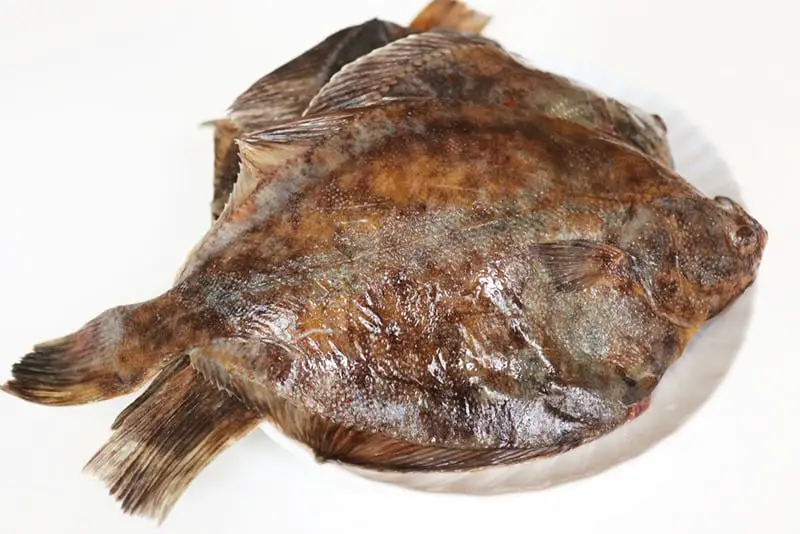
Another fantastic alternative to halibuts is the fluke. It is a flounder that can go by the name “summer flounder” because they often stay inshore during the summer.
They have a lot in common with halibuts. For one, they are also found near docks, bridge piles, and coral reefs. Offering white flesh, these fish are delicately mild and are popularly used as a base in different dishes. Despite the range of recipes available, you cannot go wrong with these foolproof flukes.
A noticeable difference with the fluke is that it can also be served raw. In Japan, they are called Hirame and are perfect for making sashimi. However, you should remember that flukes are pretty low in oils. So, they can quickly dry out when cooked. To prevent this from happening, you can consider recipes with sauces or wine.
8. Sole
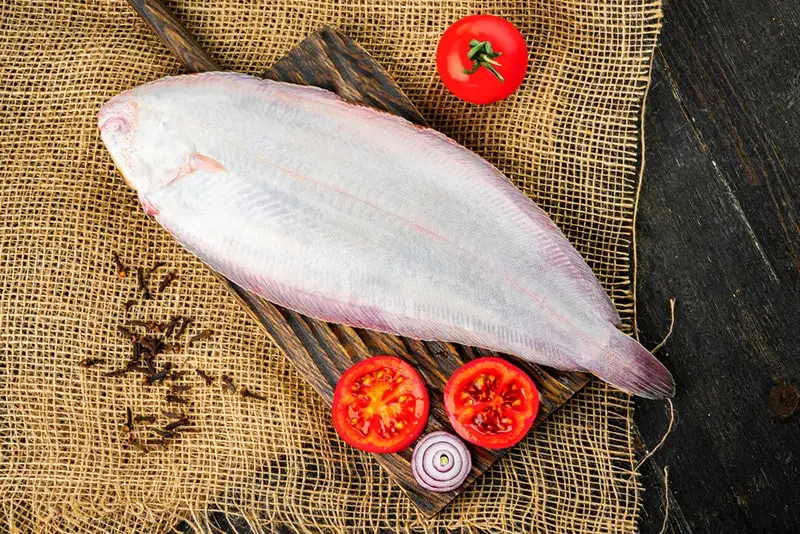
The first reason why sole makes a solid substitute for halibut is that it is also a flatfish member. Predominantly, it is found along the coasts of Europe, but some subtypes are in the U.S as well. Among these subtypes, the Dover sole fish is the most popular. It is a bottom feeder, so trawls often catch it.
You can tell when you have caught this type of fish by the two small eyes on the right side of its greenish-brown body. As the fish grows and becomes flatter, one of its eyes migrates over next to the other. Even with this distinct quality, you might run into a bit of trouble telling sole, flounders, and dabs apart when purchasing in the market.
One way is to check the skin. It is a flounder if it is rough and sandpaper-like, but if it is smooth and non-rugged, it is a sole fish. However, you must be careful. The dab is also smooth, so it is easy to get them mixed up. Try running your head across the skin in the opposite direction to distinguish. If it is also smooth, it is a sole fish. Otherwise, it is a dab.
What about how to tell if the fish is fresh? As with other halibut substitutes, it should have clear eyes, bright gills, and no intense fishy smell. Eat it as soon as you have bought the fish because it will only stay fresh in the fridge for one day. The season for sole fish starts from May and ends in September, but within this timeframe, I think the best ones are In early June.
Frequently Asked Questions
What Is The 10-minute Rule For Cooking Fish?
This is an unwritten rule in the cooking realm. You should cook the fish for roughly 10 minutes per inch, but turn it halfway through the cooking time. So, for instance, with a 1-inch fish steak, cook 5 minutes on each side. Even though this is a general rule, it is not recommended for fish steaks that are thinner than 0.5 inches.
What Goes Well With Flounder?
Not just flounder, but fish with flaky meat like all the ones listed above are best cooked on the grill or in the oven when foil-wrapped. For side dishes, your safest bet is potatoes. Depending on your preference, you can roast, fry, or mash the potatoes. You can also opt for pasta or salads.
Which Of The Substitutes Has The Slightest Fishy Smell And Taste?
Among the substitutes for halibuts, flounders and tilapias are the least fishy in smell and taste. They have a very subtle, almost neutral flavor, making them ideal as a base for bold seasonings. If you usually cannot eat fish but want to “train” yourself, starting with flounders and tilapias is a good idea.
Conclusion
You have reached the end of this post. Now, you do not have to worry if you cannot find halibut in the fish aisle. Your meals will not be ruined! Just move along to any of the eight substitutes for halibut in this list.
Hopefully, this post was helpful in ending your search for halibut substitutes. If you have anything else to share regarding this topic, let me know in the comments. I am always delighted to hear from my readers!



